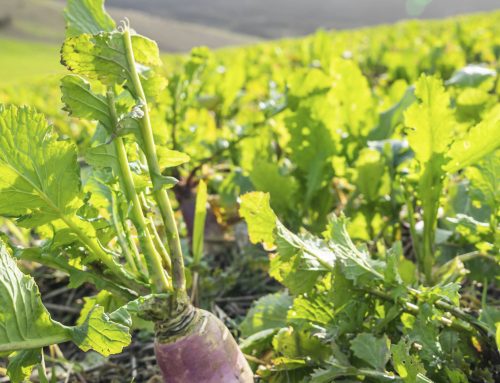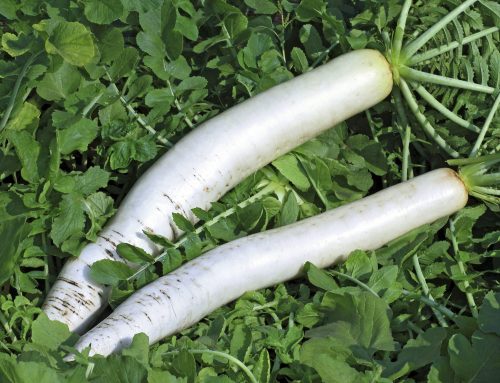Do You Know the Best Fertiliser for Your Field?

Selecting the optimal fertiliser is crucial for maximising crop yields and maintaining soil health. Understanding your field’s specific nutrient requirements ensures sustainable and profitable farming practices. Here’s a guide to help you determine the best fertiliser for your land.
Understanding Soil Nutrient Needs
Soil fertility hinges on the availability of essential nutrients:
- Nitrogen (N): Promotes vigorous leaf and stem growth.
- Phosphorus (P): Essential for root development and energy transfer.
- Potassium (K): Enhances disease resistance and water regulation.
Regular soil testing is vital to assess nutrient levels and pH, guiding precise fertiliser application. In the UK, it’s recommended to conduct soil tests at least once every five years.
Types of Fertilisers
- Granular Fertilisers: These are solid particles applied to the soil surface, offering controlled nutrient release. They’re suitable for broad-acre crops and pastures.
- Soluble Fertilisers: Dissolved in water, these fertilisers allow for uniform nutrient distribution and are ideal for precise applications.
- Organic Fertilisers: Derived from natural sources like compost or manure, they improve soil structure and promote microbial activity. These provide a slow-release nutrient source, enhancing soil fertility over time.
Common Fertiliser Blends
Different fertiliser blends provide varying nutrient compositions tailored to specific crop needs. Some common blends include:
- 9-7-7: A balanced fertiliser ideal for general-purpose use.
- 10-10-10: Provides equal amounts of nitrogen, phosphorus, and potassium for all-round nutrition.
- 20-10-10: High in nitrogen, suitable for grassland and cereal crops.
- 15-15-15: A balanced compound fertiliser for broad-spectrum application.
- 16-16-16: Another even blend for maintaining soil fertility across various crops.
- 12-11-18: A high-potassium blend beneficial for root and fruit development.
Best Practices for Fertiliser Application
- Timing: Apply fertilisers at stages when crops can efficiently uptake nutrients, such as pre-sowing or during active growth periods.
- Method: Choose application techniques that minimise nutrient loss, like banding or incorporation into the soil.
- Environmental Considerations: Avoid applications before heavy rainfall to reduce nutrient runoff, protecting water quality.
Regulatory Compliance
UK farmers must adhere to regulations governing fertiliser use to mitigate environmental impacts. This includes maintaining accurate records of fertiliser applications and following guidelines to prevent water pollution.
Conclusion
Identifying the best fertiliser for your field involves understanding your soil’s unique nutrient profile and selecting products that align with your crop’s needs. Regular soil testing, informed product choices, and adherence to best practices ensure sustainable and productive farming.
Note: Always consult with an agronomist or local agricultural advisor to tailor fertiliser practices to your specific conditions.


